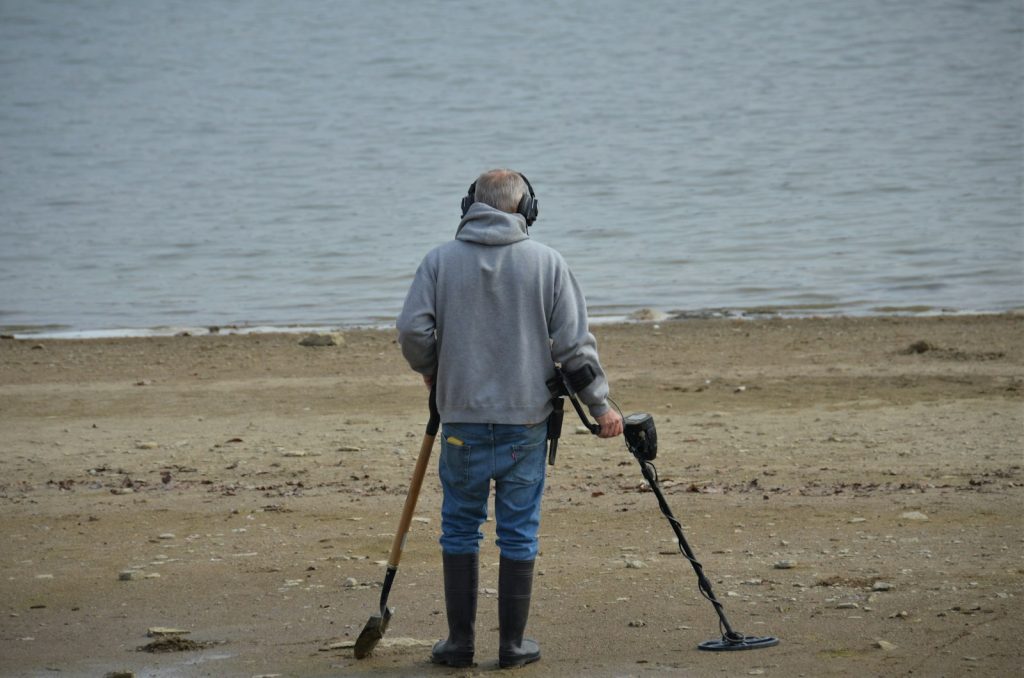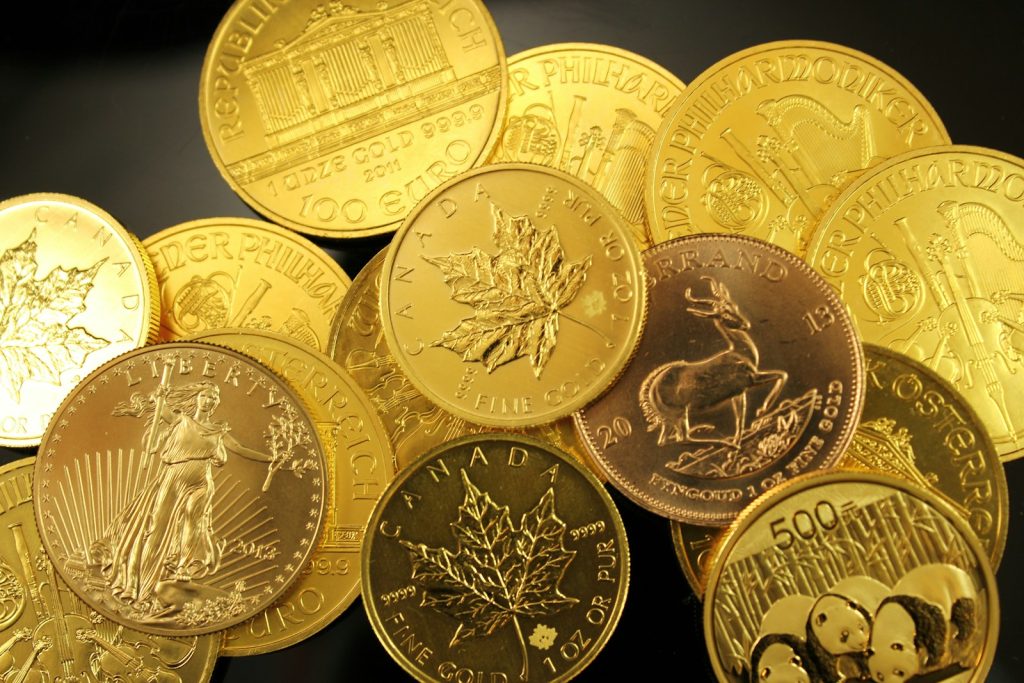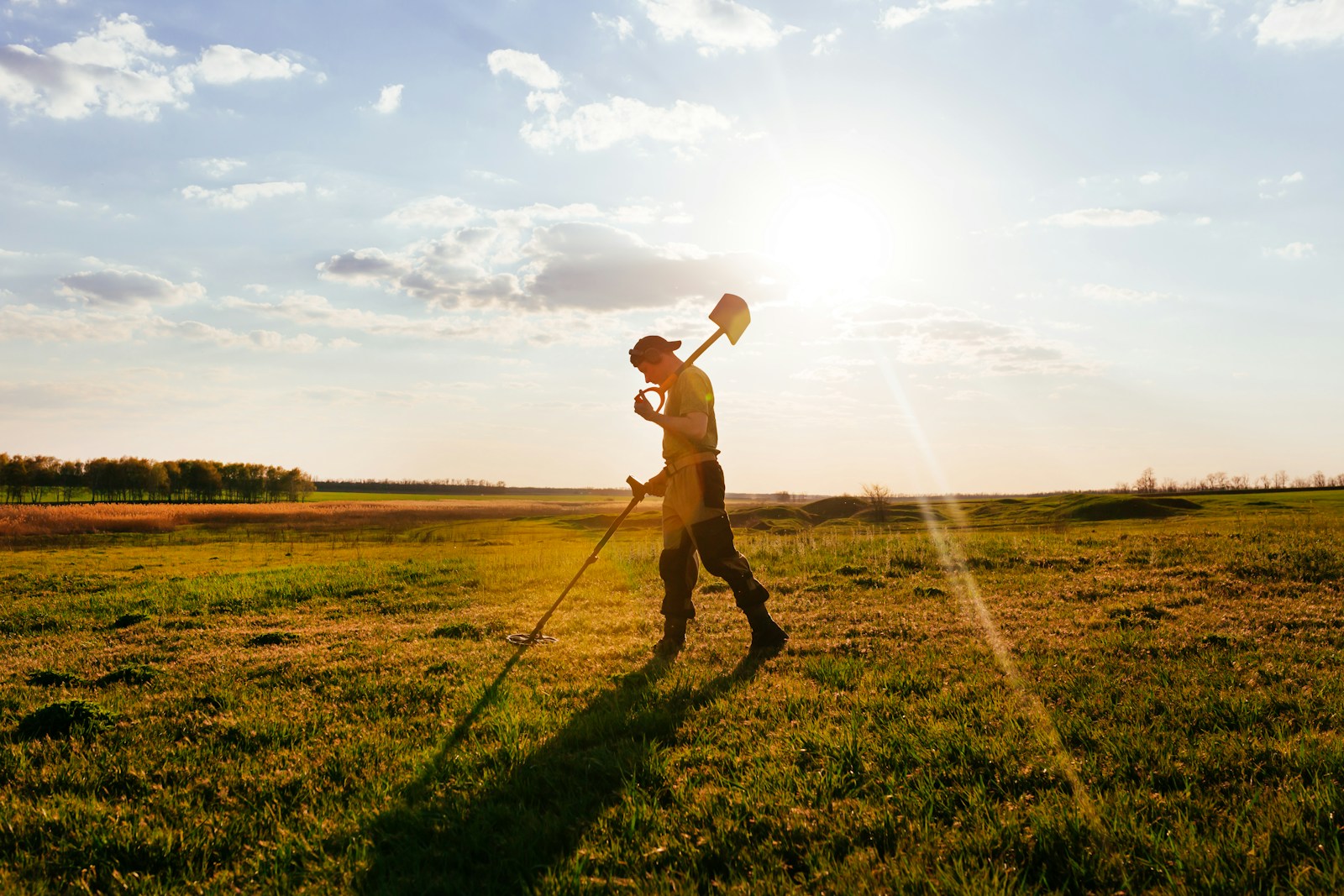Imagine the thrill of metal detecting around your cabin, unearthing relics from the past. Twenty years ago, the hobby was less popular, but today, it’s a different story. In fact, the metal detecting market is expected to grow by 6.5% annually. Many enthusiasts, like you, are discovering the joy of finding lost items, such as rifle and pistol brass. This journey into the past, right in your backyard, is what makes metal detecting a captivating adventure.
Introduction
Metal detection, a fascinating hobby that combines history, exploration, and treasure hunting, has gained popularity over the years. The thrill of unearthing a piece of history right in your backyard is an experience like no other. This article aims to guide you through the exciting world of backyard metal detection.
Backyard metal detection is more than just a leisure activity. It’s a journey into the past, offering a glimpse into the lives of those who came before us. Whether it’s an old coin, a forgotten piece of jewelry, or a historical artifact, each find has a story to tell. Moreover, it’s a great way to spend time outdoors, engage with history, and even add to your collection of unique finds.

Understanding Metal Detection
The science behind metal detection is both intriguing and straightforward. It involves the principles of electromagnetism. When the metal detector is switched on, it creates a magnetic field. When this field comes into contact with a metallic object, it induces an electric current in the object, which in turn creates a new magnetic field that the detector picks up.
There are several types of metal detectors, each with its unique features and uses. The most common ones are Very Low Frequency (VLF), Pulse Induction (PI), and Beat-Frequency Oscillation (BFO) detectors. VLF detectors are ideal for beginners and are commonly used for backyard metal detection due to their ability to discriminate between different types of metals.
Choosing the right metal detector depends on several factors, including your budget, the type of items you hope to find, and the conditions of your backyard. Some detectors are better suited for different soil conditions, while others are designed to find specific types of metals.
Setting Up Your Backyard for Metal Detection
Before you start your backyard exploration, it’s crucial to prepare your space for metal detection. Start by clearing any large debris that could interfere with your detector. Mark out the areas you want to explore, ensuring you cover the entire yard systematically.
Safety should be your top priority. Be aware of any potential hazards in your backyard, such as sharp objects or deep holes. Always wear gloves and use a trowel or a digging tool to excavate your finds.
It’s also important to understand the local laws and regulations related to metal detection. Some areas may require permission or have restrictions on digging and removal of artifacts. Always respect these rules to ensure that the hobby can be enjoyed by everyone.
Techniques for Effective Metal Detection
Mastering metal detection requires understanding and practicing several techniques. One of the most important is the swing technique. A proper swing is low and slow, ensuring the coil is close to the ground and covers a wide area.
Interpreting signals is another crucial skill. Each beep or buzz from your detector tells a story. Understanding these signals can help you identify what type of metal is buried and at what depth. Most detectors also have a discrimination feature that helps distinguish between different types of metals.
Finally, pinpointing and digging targets is an art in itself. Once you’ve located a potential find, use a handheld pin pointer to locate the exact spot. Dig a neat plug to retrieve your find and remember to fill in any holes you dig.

Cleaning and Preserving Your Finds
Once you’ve unearthed a treasure, the next step is cleaning and preserving your finds. The cleaning process varies depending on the type of metal. For instance, coins can be cleaned using soapy water and a soft brush, while more delicate items might require professional cleaning.
Preserving your finds is equally important. Consider using protective cases or display boxes to keep your items safe. Remember, each find is a piece of history, and preserving it allows that history to be appreciated for years to come.
Stories and Experiences
Every backyard holds a unique story, and metal detection is a way to uncover that narrative. Many detectorists have shared exciting tales of their backyard finds. From discovering old coins and jewelry to unearthing artifacts dating back to the Civil War, the possibilities are endless.
One detectorist found a 1943 copper penny in their backyard, a rare coin that could be worth thousands of dollars. Another enthusiast discovered a World War II-era medal, a poignant reminder of the sacrifices made by previous generations.
These stories highlight the potential treasures that could be lying just beneath our feet. They serve as a testament to the thrill and excitement that backyard metal detection can bring.
Conclusion
Backyard metal detection is a captivating hobby that offers a unique blend of history, adventure, and the thrill of discovery. It allows us to connect with the past in a tangible way, unearthing relics that offer a glimpse into the lives of those who came before us.
Whether you’re a history enthusiast, an aspiring archaeologist, or someone looking for a fun and rewarding outdoor activity, backyard metal detection could be your next great adventure. With the right equipment, techniques, and a bit of patience, you might be surprised at what you can find right in your own backyard.


